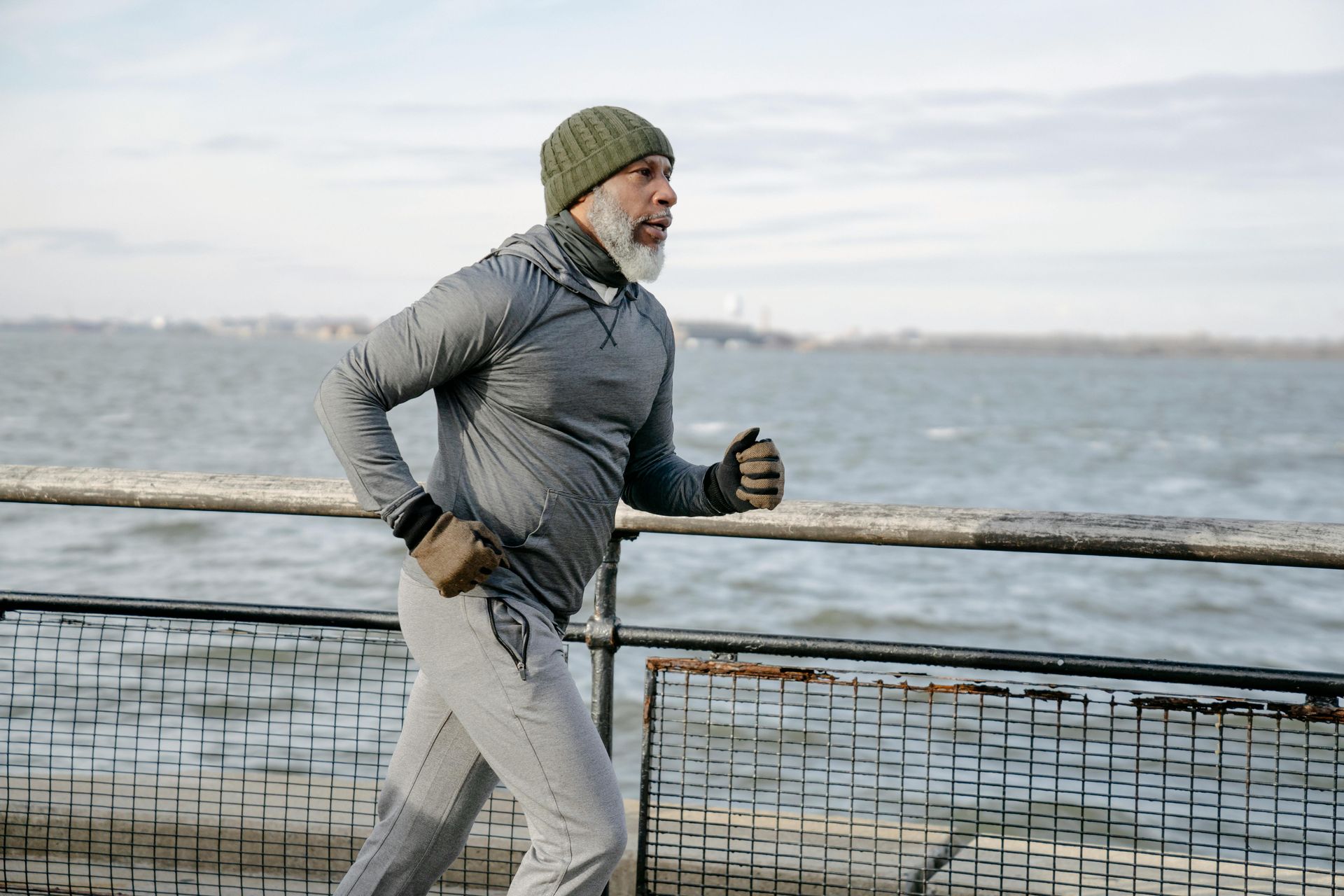4 Top Tips to Improve Your Parkrun or 5K Time Over The Summer
As summer approaches, many of us are lacing up our running shoes with the goal of improving our parkrun or 5K times. Whether you're a seasoned runner or just beginning, making some strategic adjustments to your training can yield impressive results. This blog provides straightforward, effective tips to help you shave seconds—or even minutes—off your next 5K run.
1. Integrate Interval Training:
Interval training is a powerful tool in any runner's routine, particularly when aiming to boost speed and endurance. This training technique involves short bursts of high-intensity running interspersed with periods of rest or low-intensity activity. The beauty of interval training lies in its ability to enhance your body’s capacity to utilise oxygen and increase stamina. For a balanced approach, adopt the 80:20 rule: keep 80% of your runs at a low intensity and dedicate 20% to high-intensity intervals. This method not only prevents burnout but also optimises performance gains.

2. Embrace Strength Training:
While running is a fantastic cardiovascular workout, strength training is equally vital to improve your running efficiency and pace. Exercises like squats, lunges, and calf raises strengthen the muscles used in running, enhancing your power and stability. Incorporating two to three strength training sessions per week can lead to better running economy—how efficiently your body uses oxygen at a given pace. As your muscles grow stronger, you'll find that maintaining speed becomes easier, helping to reduce your 5K times significantly.
3. Prioritise Restorative Sleep:
Sleep is a critical component of any training regimen, yet it's often overlooked. Optimal sleep—ranging from 7 to 9 hours per night—is essential for recovery and performance. Lack of adequate sleep can impair your speed, accuracy, and reaction times, not to mention increase your risk of injury. By ensuring you get enough rest, you give your body the chance to heal and rejuvenate, setting the stage for a better performance at your next run.

4. Maintain Training Consistency:
Consistency is the cornerstone of progress in any fitness endeavour. Setting a regular training schedule helps condition your body, builds endurance and improves your overall fitness level. Try to run at least three times a week, integrating interval and strength training sessions as part of your routine. Consistent training doesn't mean running at full speed every day; it means regularly engaging in varied workouts that support your running goals.
Improving your parkrun or 5K time this summer is definitely within reach if you follow these four tips: incorporating interval training, adding strength exercises, ensuring plenty of restorative sleep, and sticking to a consistent training plan. Each element plays a vital role in enhancing your overall running performance and achieving new personal bests.
Remember, if you're dealing with persistent pain or injuries, or if you need personalised advice on your running form or training regimen, don't hesitate to reach out.
Contact Chelmsford Physio for expert guidance tailored to your needs. Let's make this summer your fastest season yet!
Chelmsford Physio
Riverside Leisure Centre, Victoria Rd, Chelmsford CM1 1FG



